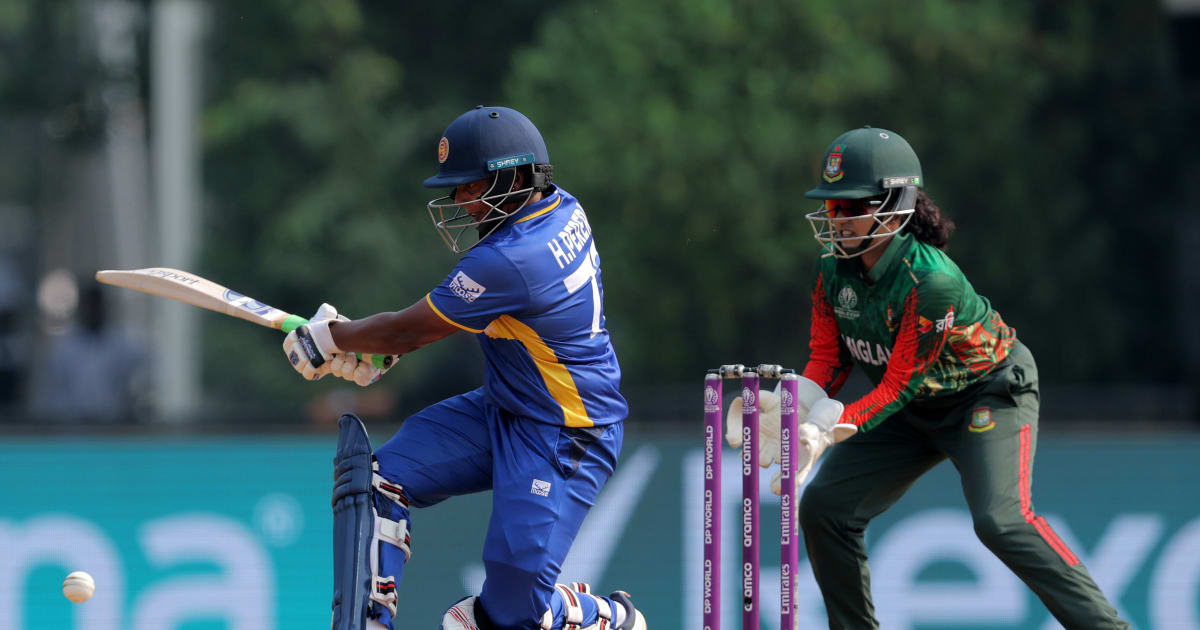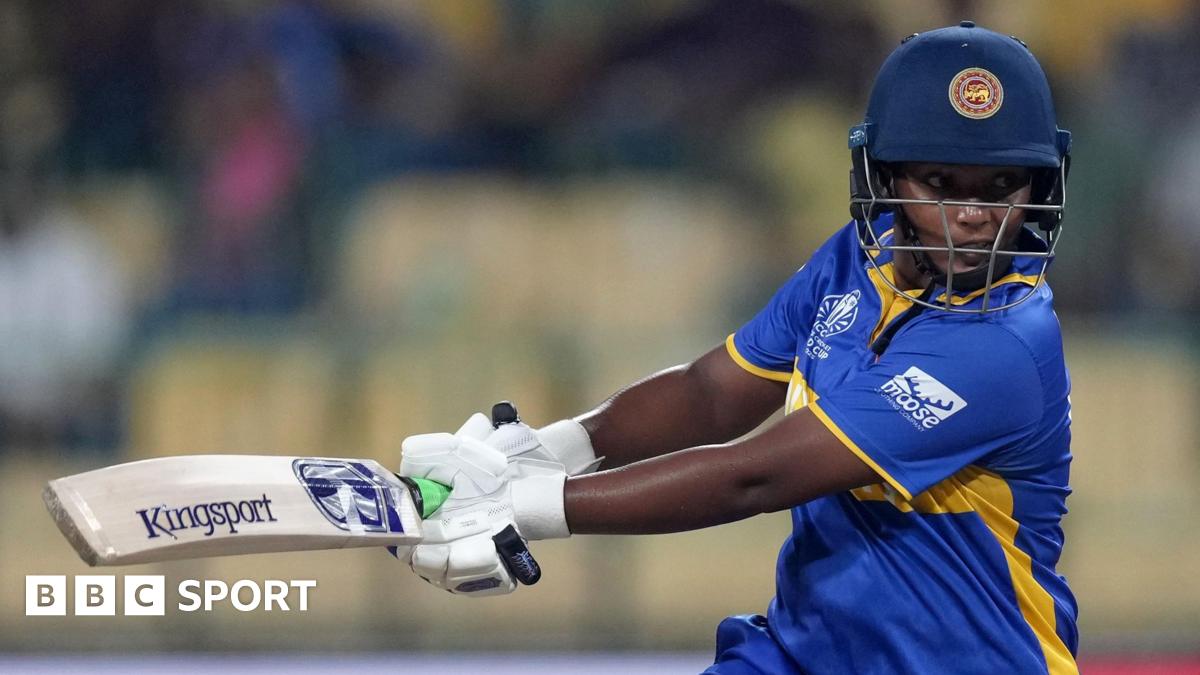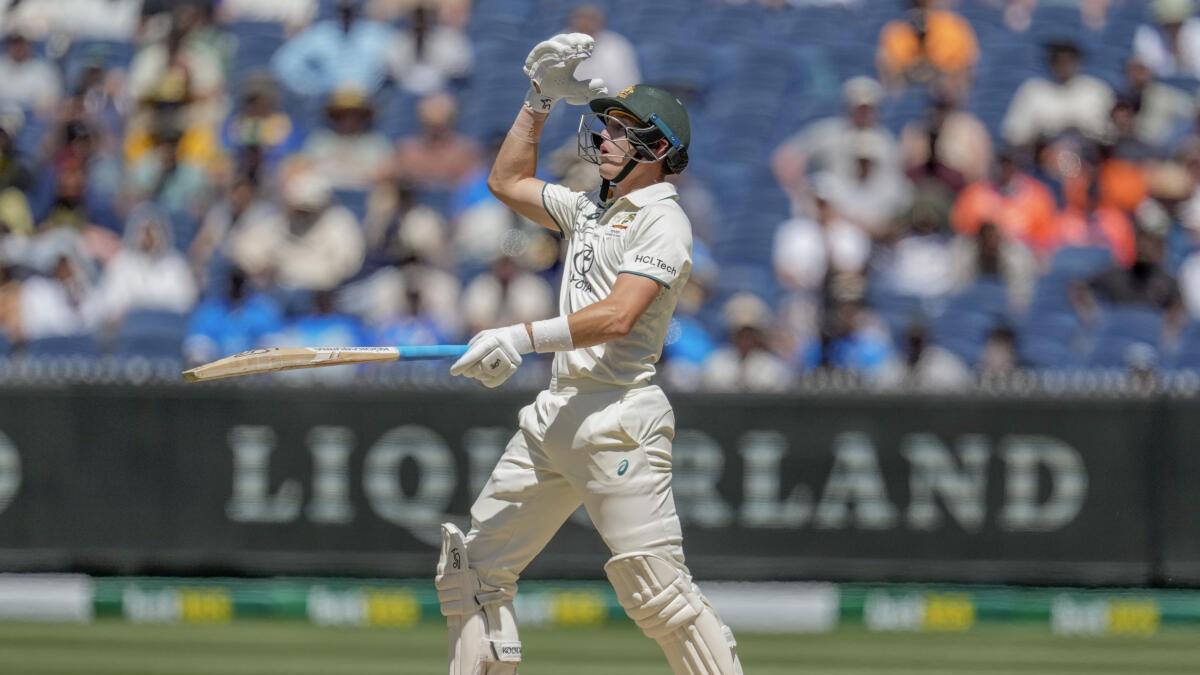Honours even after old-fashioned first day in Pindi

by Telford Vice • Last updated onKeshav Maharaj and Simon Harmer bowled 54 overs between them on the opening day © GettyHere we go again. Just like on the first day in Lahore last week, Pakistan won the toss in Rawalpindi on Monday and - surprise, surprise; not - chose to bat. Also just like last week, South Africa took five wickets and dropped four catches.But there are differences between the opening days of the first and second Tests, starting with the XIs.The home side dispensed with Hasan Ali and gave Asif Afridi, a 38-year-old left-arm spinner, his debut. The visitors welcomed back Keshav Maharaj from a groin strain - he replaced Prenelan Subrayen. Wiaan Mulder, who scored 17 and nought in Lahore, made way. Tristan Stubbs was bumped up to No. 3, and Marco Jansen came in as a fast bowler who knows his way around the batting crease. Had David Bedingham been any good at bowling seam up he might have cracked the nod ahead of Jansen.Importantly, perhaps, the home side are 54 runs behind where they were at this stage of last week's game. Also, the pitch is not as receptive to spin as it was on the first day in Lahore: a key factor, maybe the key factor, in Pakistan's 93-run win."The wicket didn't play like it did in Lahore," Maharaj told a press conference after stumps. "It didn't spin as much, so we tried to restrict the Pakistani batters."That the conditions were dissimilar from the Gaddafi was apparent from the fourth ball of the match - bowled by Kagiso Rabada - which took the edge of Abdullah Shafique's dangling bat and flew to third slip, where Stubbs spilled the chance.South Africa had turned to spin by the sixth over in Lahore. Jansen bowled the sixth over on Monday, and the fifth delivery, an inswinger, beat Shafique's drive and hit his off-stump. But not solidly enough to light up a bail.This time seam lasted for four more overs. Maharaj bowled the 10th and by the 13th he and Simon Harmer were operating in tandem. Harmer's third ball drifted towards Imam-ul-Haq's pads through the air, ripped past his outside edge after pitching, and nailed the top of off-stump. It was as emphatic a dismissal as an off-spinner could achieve.And it might explain why only Maharaj bowled more overs than Harmer on the day. Between them they sent down almost 60% of all the deliveries. Senuran Muthusamy, who took 6/117 and 5/57 in Lahore, was deployed for only four overs - as many as his captain, part-time offie Aiden Markram. "It was probably a tactical thing," Maharaj said of the rarity of sightings of South Africa's star bowler last week.Pakistan owe their decent position to a second-wicket stand of 111 between Shafique and Shan Masood, which endured into the second hour after Lunch - when the South Africans referred after being denied Shafique's wicket. The gizmos said Harmer's leg-side delivery had taken the edge before it hit the thigh pad and lodged in Kyle Verreynne's gloves.Shafique spent 146 deliveries and hit just four fours in his 57. After Tea, Maharaj had a sweeping Masood caught at square leg for 87 off 176, two of them hit for four and three for six. Saud Shakeel had faced 105 balls for his 42 not out at stumps.It was a day out of Test cricket in the 1970s, or as far from Bazball as it is possible to venture. It was closer to ugly than pretty, a relentless trudge that was at times difficult to justify watching."I think it was an even day," Maharaj said of the South Africans curbing Pakistan to 259/5. "When the ball got softer, which happened quite quickly because the wicket is quite hard, we managed to just go to old-fashioned Test cricket."If we had taken one more wicket we would have probably had the upper hand. But tomorrow is an important day."It is. Here's hoping it's not another day of old-fashioned Test cricket. We don't need to go there again.© CricbuzzShareTweetTAGSRELATED STORIES













